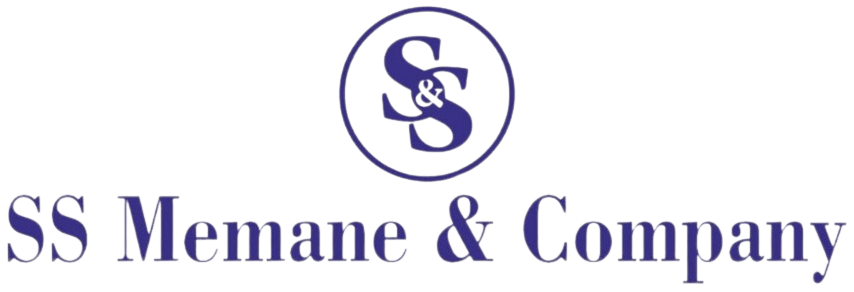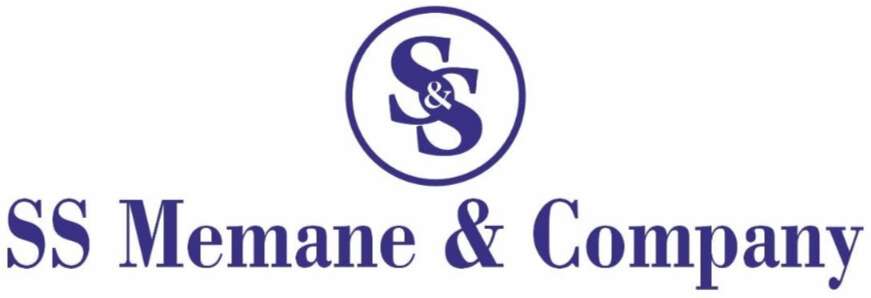Day-to-Day Accounting
Quick Contact
Documents Required
- PAN Details
- Invoice Details
- Bank Statements
- Form 26AS
Day-to-Day Accounting
Day-to-Day Accounting refers to the routine process of recording financial transactions that occur on a daily basis in a business. This is a crucial aspect of financial management as it ensures that all financial activities are accurately documented, providing a clear picture of the business’s financial health.
Key Components of Day-to-Day Accounting
Recording Transactions:
All financial transactions, including sales, purchases, receipts, and payments, are recorded daily in the accounting books or software. This can be done using various methods such as cash books, journals, and ledgers.
Invoicing:
Issuing invoices to customers for goods or services provided. Proper invoicing ensures timely payment and helps in maintaining an accurate record of sales.
Expense Management:
Recording all business expenses such as rent, utilities, salaries, and supplies. Categorizing these expenses correctly is essential for understanding the cost structure of the business.
Bank Reconciliation:
Regularly reconciling bank statements with the company’s records to ensure that all transactions are accurately reflected and to identify any discrepancies.
Handling Receivables and Payables:
Monitoring accounts receivable (money owed by customers) and accounts payable (money owed to suppliers) to ensure timely collections and payments.
Petty Cash Management:
Managing small, day-to-day expenses using a petty cash fund, and recording these transactions accurately.
Payroll Processing:
Calculating and distributing employee salaries and wages, and ensuring that all payroll-related taxes and deductions are correctly accounted for.
Inventory Management:
Keeping track of inventory levels, recording purchases, and monitoring the cost of goods sold. This helps in maintaining an optimal inventory level and managing cash flow.
Journal Entries:
Making journal entries for non-cash transactions such as depreciation, accruals, and adjustments. These entries ensure that the financial statements reflect the true financial position of the business.
Generating Financial Reports:
Producing daily or periodic financial reports, such as income statements and balance sheets, to monitor the financial performance of the business.
Documents Required
Invoices:
Sales Invoices: Issued to customers for goods or services provided.
Purchase Invoices: Received from suppliers for goods or services purchased.
Receipts:
Documentation of payments received from customers, including cash receipts, bank deposit slips, and electronic payment confirmations.
Vouchers:
Payment Vouchers: For payments made to suppliers, employees, or for other expenses.
Receipt Vouchers: For recording incoming payments.
Journal Vouchers: For non-cash transactions such as adjustments, accruals, and corrections.
Bank Statements:
Regular statements from the business’s bank accounts showing all transactions, including deposits, withdrawals, and transfers.
Expense Receipts:
Receipts for all business-related expenses, such as utilities, rent, travel, and office supplies.
Payroll Records:
Documentation of employee salaries, wages, bonuses, deductions, and payroll taxes.
Petty Cash Slips:
Receipts and records of small cash expenses paid out of the petty cash fund.
Inventory Records:
Documents showing the purchase, sale, and usage of inventory, including stock levels and valuations.
Contracts and Agreements:
Copies of contracts with customers, suppliers, and employees that may affect financial transactions.
Tax Documents:
Records related to VAT/GST, income tax, TDS, and other tax-related transactions.
Ledger Books or Accounting Software:
Where all financial transactions are recorded, categorized, and summarized.
Process of Day-to-Day Accounting
Recording Transactions:
Sales and Income:
Record all sales transactions as they occur, using sales invoices. Enter the details in the sales ledger or accounting software, including date, amount, customer details, and method of payment.
Purchases and Expenses:
Record all purchases and expenses using purchase invoices and expense receipts. Enter these into the purchase ledger or expense tracking module.
Invoicing and Billing:
Generate and issue invoices to customers immediately after the sale or service. Follow up on outstanding invoices and ensure timely payment collection.
Managing Cash Flow:
Cash Receipts:
Record cash receipts daily. Reconcile these with the sales recorded and the bank deposit slips.
Cash Payments:
Record all cash payments, including petty cash expenses. Ensure that all payments are supported by vouchers or receipts.
Bank Reconciliation:
Compare the transactions in the bank statement with those recorded in the accounting system. Identify and resolve any discrepancies by making necessary adjustments in the ledger.
Handling Receivables and Payables:
Accounts Receivable:
Monitor outstanding invoices, send reminders for overdue payments, and record payments received against these invoices.
Accounts Payable:
Track due dates for payments to suppliers and process payments on time. Record these payments in the accounts payable ledger.
Payroll Processing:
Calculate employee wages, deduct taxes, and other withholdings. Record payroll expenses in the ledger, and ensure that payments are made to employees and tax authorities.
Inventory Management:
Update inventory records with each purchase and sale. Perform periodic stock counts to reconcile physical inventory with the records.
Generating Financial Reports:
Prepare daily or periodic financial reports such as the cash flow statement, profit and loss statement, and balance sheet. These reports help in assessing the financial health of the business.
Maintaining Compliance:
Ensure that all transactions comply with relevant tax laws and accounting standards. Keep records organized for easy access during audits or tax filing.
Review and Adjustments:
Periodically review the accounts for any errors or omissions. Make necessary adjustments through journal entries to correct these.
- Copyright 2024 © SS Memane || Designed By || Mr. Sunil Memane


